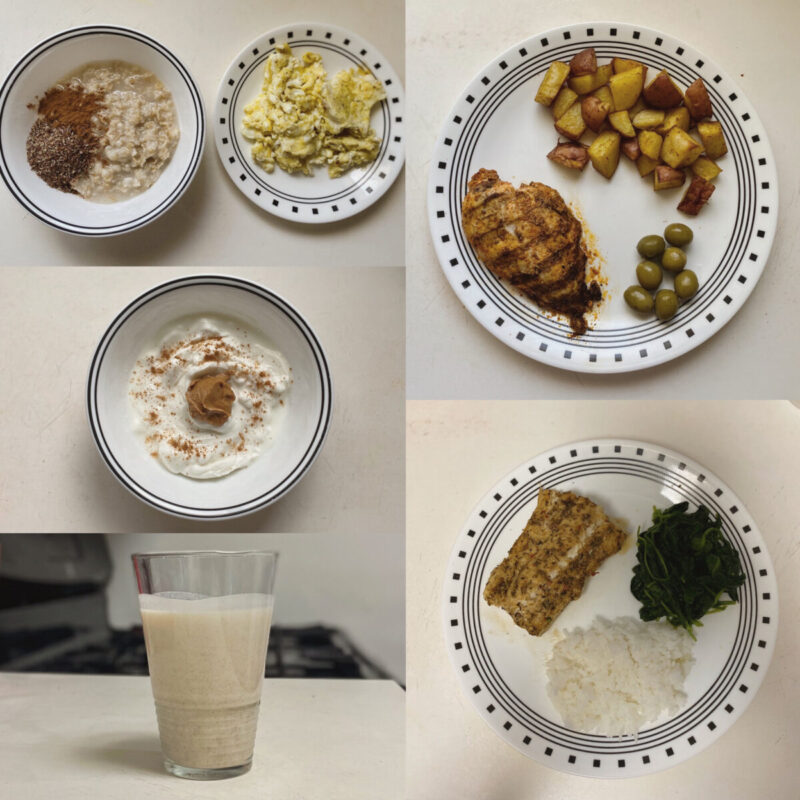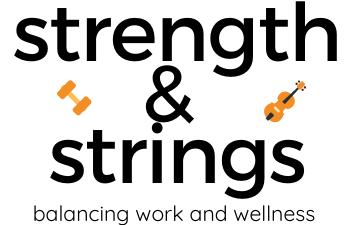
Should you track macros?
A couple of years ago, I decided to start tracking my macros to examine my diet more closely to make changes in order to lose a few pounds. I downloaded the My Fitness Pal app, entered my goals and got started. Honestly, I knew nothing when I started and did very little research before I got started.
After months of trial and error, I finally figured out my calories and ratios (sort of) and was able to lose a little bit of weight in conjunction with exercise. I probably would have saved myself a lot of frustration if I actually took fifteen minutes to do some research. Over the years, I have learned how to create a balanced diet through tracking macros and adapt my meals to my goals.
Currently, my bodybuilding coach gives my macros and adjusts them when necessary. Although I no longer have to calculate my own numbers, the skills I developed while learning how to calculate my own macros has made the process easier. Continue reading to learn about macros and if this system will work for you.
What are macros?
Macronutrients (macros for short) are the nutrients that provide the body’s energy and mass, which include carbohydrates, protein, and fat. Since these nutrients support different bodily processes and functions, it is important to include foods from each category in your diet.
However, other factors such as body type (ectomorph, mesomorph, and endomorph), gender, and fitness goals influence the ratio, or amount of food you eat from each group.
Advantages of tracking macros
- flexibility to adjust diet based on training schedule, special events, etc.
- can help achieve specific goals
- promotes a balanced diet
Disadvantages of tracking macros
- excluding micronutrients
- inclusion of unhealthy food choices
- can lead to unhealthy eating patterns and disordered eating
When I first started tracking, I logged in what I was eating to see how my general diet was. My diet was not bad, however, it needed some work. Generally, I was not eating enough protein and too much fat. Since I lived at home and had little control over what was cooked for dinner, I adjusted the remainder of my meals. Although I tracked loosely, it gave me guidance on meal planning and forced me to work toward a balanced diet.
How to track macros
If you choose not to hire a certified professional here is one of the ways you can do it yourself:
- Determine your fitness goals.
- Determine your numbers from a calculator like this one. It will provide you a rough estimate. You can also calculate your numbers by hand.
- Figure out your body type (if you are not sure determine it here).
- Download a tracking app such as My Fitness Pal or one of your choice (this is the one I use). Next, adjust the numbers or ratios based on these two factors.
- Adjust as necessary.
- Your macros do not need to be spot on everyday, as you can see in the example below. Ideally, you should be within 10 grams of carbs and protein and within 5 grams of fat and hitting your calorie target.

This is a very simplistic way of getting started and I recommend hiring a certified professional. However, if you already have a good understanding, this method might work for you.

References:
Kubala, Jillian MS, RD. on (14 October 2018). How to Count Macros: A Step-By-Step Guide. https://www.healthline.com/nutrition/how-to-count-macros
Salter, P. (19 Jan 2020). Macronutrient calculator: Find you macro ratio for flexible dieting and IIFYM. https://www.bodybuilding.com/fun/macronutrients_calculator.htm?searchTerm=macro%20calculator





